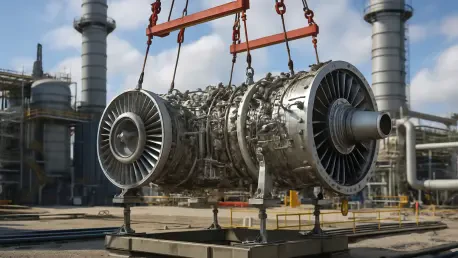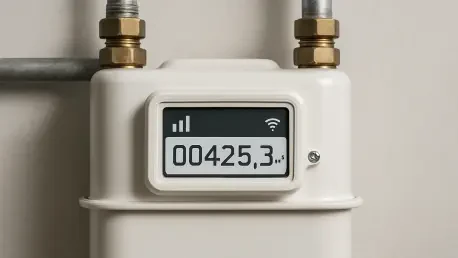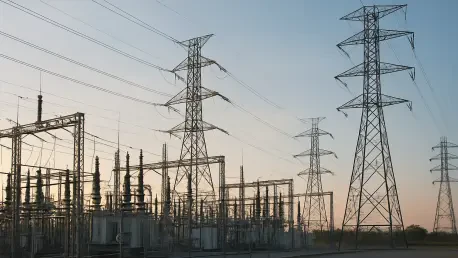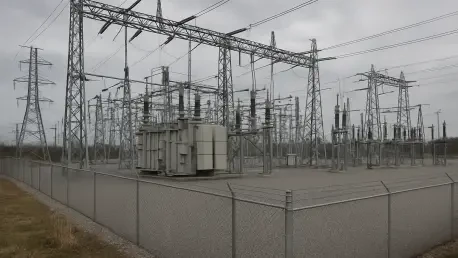
In the heart of Texas, where electricity demand is surging at an unprecedented rate due to population growth and industrial expansion, the Public Utility Commission of Texas (PUCT) faces a critical decision regarding Entergy Texas's ambitious proposal to build two gas-fired power plants. With a

Setting the Stage: A Critical Juncture for Energy Markets In an era where energy consumption is skyrocketing due to booming data centers and population growth, Georgia Power stands at a pivotal moment in the energy sector, facing unprecedented challenges. The utility's recent acquisition of a

In an era where energy efficiency and sustainability are paramount, the global smart gas meter market is experiencing a transformative surge, projected to grow from $2.49 billion in 2024 to an impressive $4.04 billion by 2030, reflecting a compound annual growth rate (CAGR) of 8.5%. These

In a world increasingly desperate for sustainable solutions to combat climate change, a pioneering initiative in Australia is capturing global attention with its bold approach to renewable energy. This ambitious project, located in the Victoria region, represents a significant leap forward by

Imagine a nation where the hum of data centers powering artificial intelligence, the silent glide of electric vehicles, and the resurgence of manufacturing all converge to create an unprecedented demand for electricity. This is the reality facing U.S. electric utilities today, as they stand on the

In the sprawling landscape of Texas, Oncor Electric Delivery finds itself at the epicenter of an extraordinary energy challenge, grappling with an unprecedented interconnection queue of 200 gigawatts (GW). This staggering demand, largely propelled by the explosive growth of data centers,